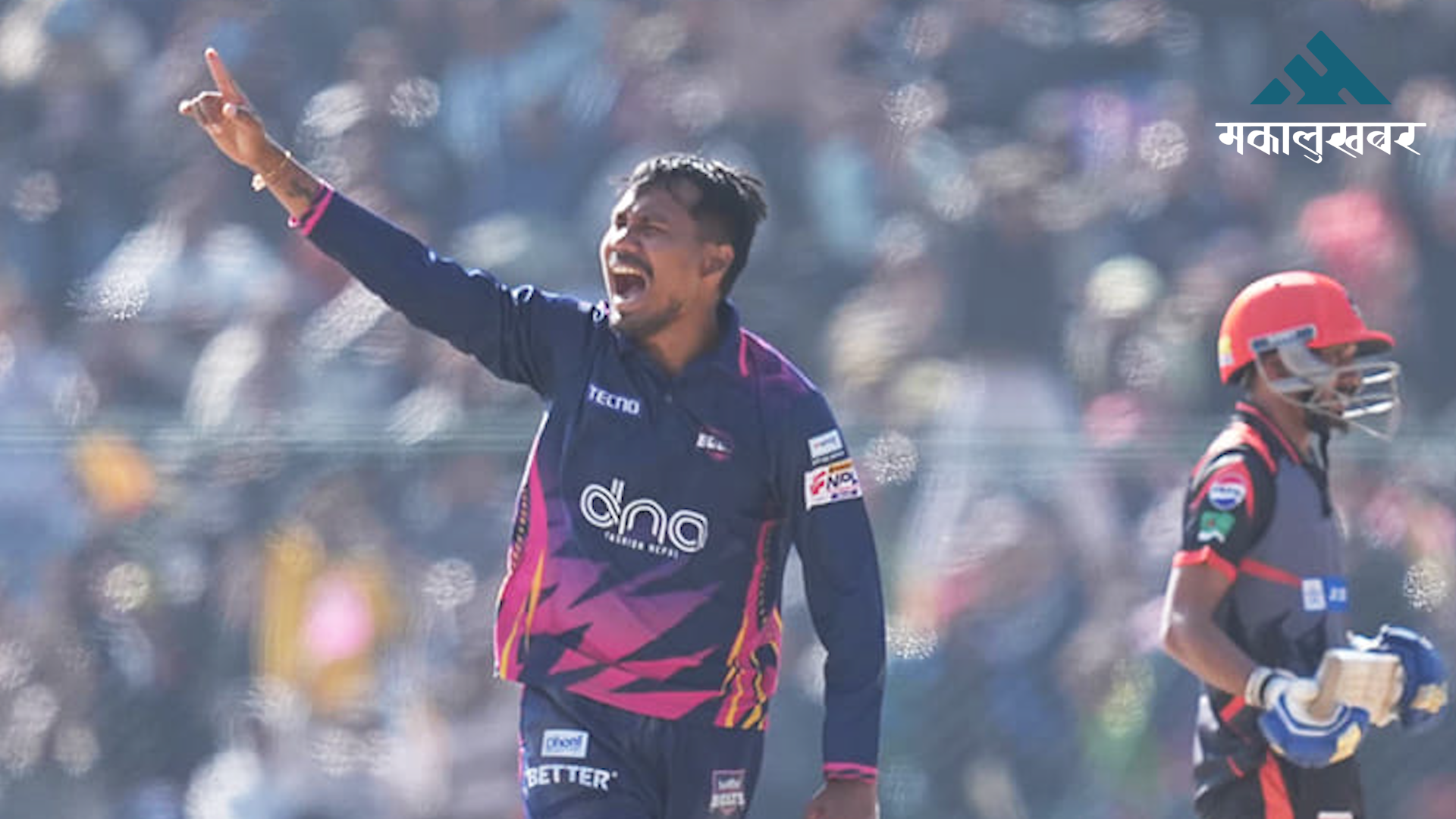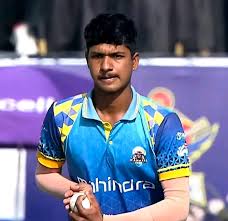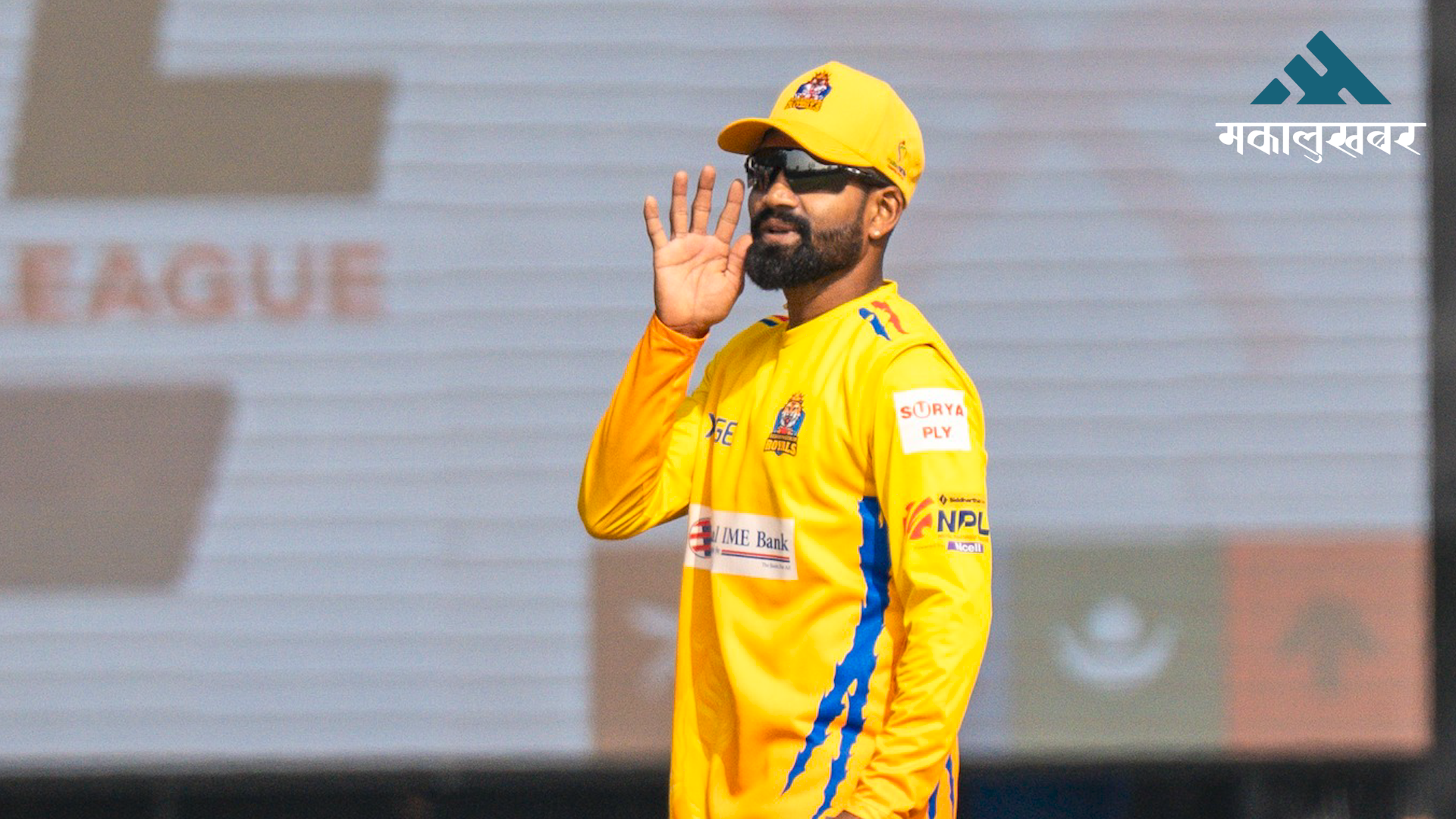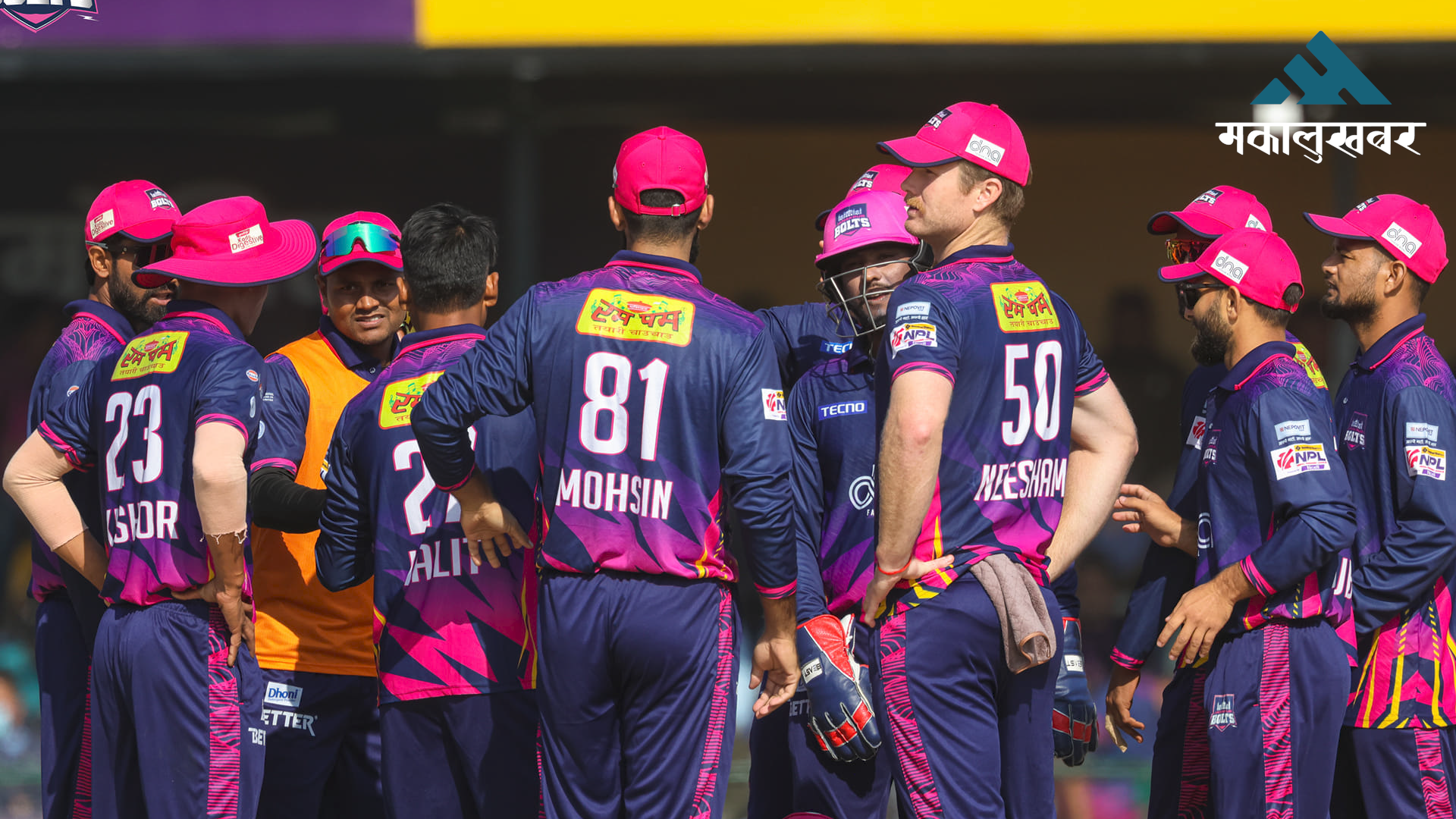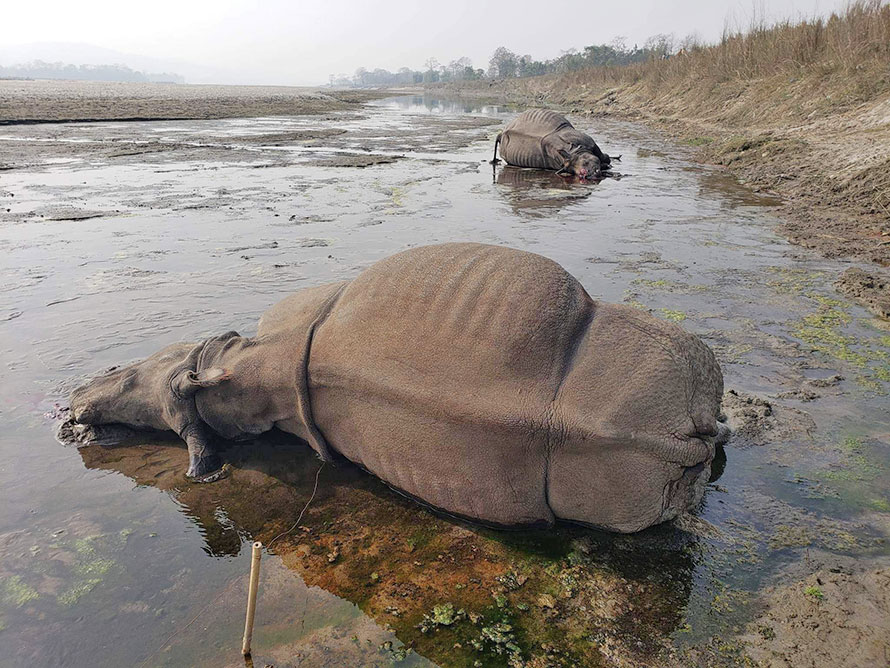Devotees worship Skandamata on the sixth day of Navaratri
According to the Chandogya Upanishad, Goddess Parvati is revered as Skandamata because she is the mother of Lord Skanda, also known as Sanatkumara, born from her divine power.
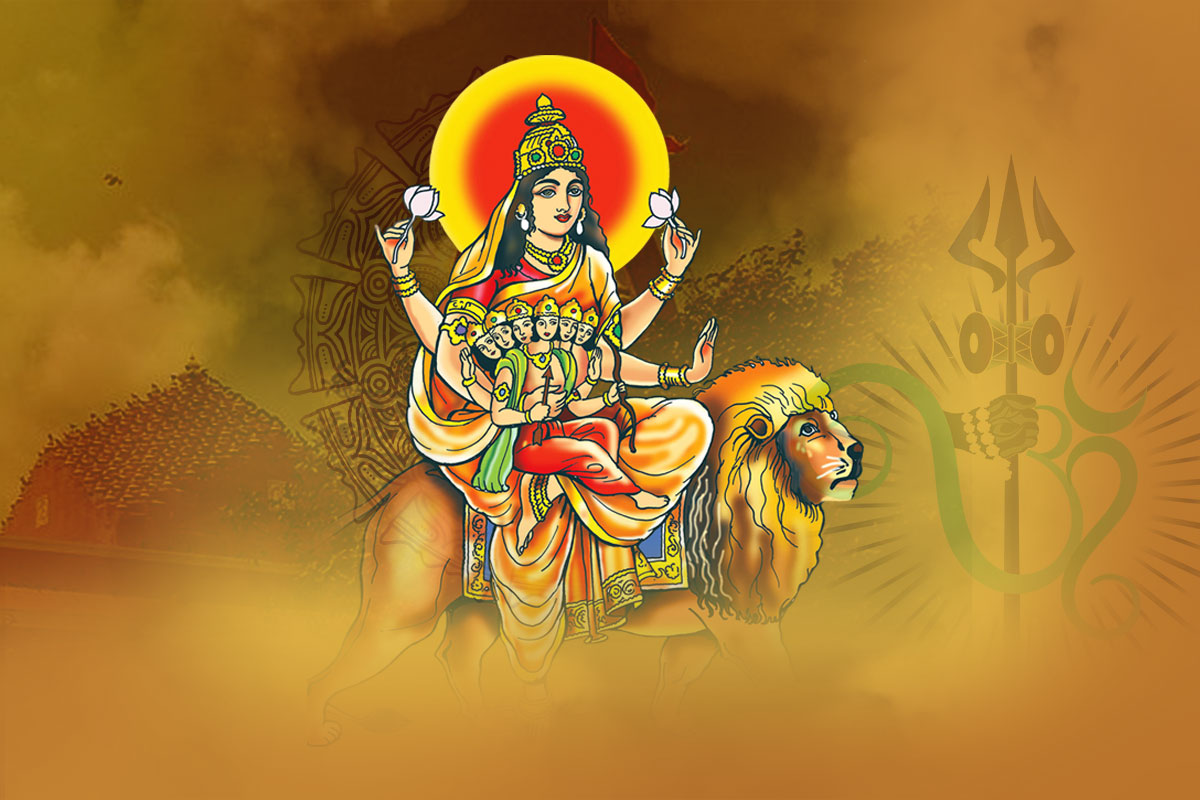
KATHMANDU: On the sixth day of Navaratri, which falls on Ashwin Shukla Panchami, devotees across Nepal are worshipping Skandamata, the fifth form of Goddess Durga, through Vedic rituals at home or in temples.
According to the Chandogya Upanishad, Goddess Parvati is revered as Skandamata because she is the mother of Lord Skanda, also known as Sanatkumara, born from her divine power.
As Skanda’s mother, Parvati is worshipped in this form during the nine days of Navaratri. Throughout this period, sacred texts such as the Durga Saptashati (Chandi) and Shrimad Devi Bhagavata are recited in the place where the “Ghatasthapana” (sacred vessel) has been established. It is believed that by worshipping the Goddess during Navaratri, one can attain power, wealth, and knowledge.
Following this tradition, Vedic Sanatan Dharma followers offer special prayers and worship to Goddess Durga from Ashwin Shukla Pratipada (the first day of the lunar fortnight) to Navami (the ninth day). The blessings and offerings from the worship are carried forward to Vijayadashami and Kojaagrat Purnima, marking a fifteen-day period of celebration known as Bada Dashain in Nepal.
On the first day of Navaratri, which fell on Oct 3, a sacred ritual known as Ghatasthapana was performed. Barley seeds were planted to grow the sacred Jamara (sprouts), and prayers were offered to the first form of Goddess Durga, Shailaputri. On the second day, Brahmacharini, the second form of Durga, was invoked and worshipped. On the third day, devotees prayed to Chandraghanta, the third form, and on the fourth day, they honored Kushmanda, the fourth form.
This year, due to a calendrical adjustment, Kushmanda was worshipped for two consecutive days, both on the fourth and fifth days, because the Tithi (lunar day) extended into two sunrises. Today, on the sixth day of Navaratri, Skandamata is being worshipped with great devotion. Each day of Navaratri is dedicated to one of the nine forms of Durga, beginning with Shailaputri on the first day and culminating with Siddhidatri on the ninth day.
These nine forms of Durga are collectively known as the “Navadurga,” and during Navaratri, devotees flock to Shakti Peeths (sacred temples) across the country to offer their prayers. Devotees believe that by visiting these holy sites, offering worship, and seeking the Goddess’s blessings, they can fulfill their wishes and bring peace, prosperity, and happiness to their families.
During Navaratri, there is a strong belief that visiting the Shakti Peeths and offering prayers brings fulfillment of desires, family harmony, and prosperity. Temples in Kathmandu and beyond witness large crowds of devotees, particularly in the early morning, seeking the Goddess’s blessings.


